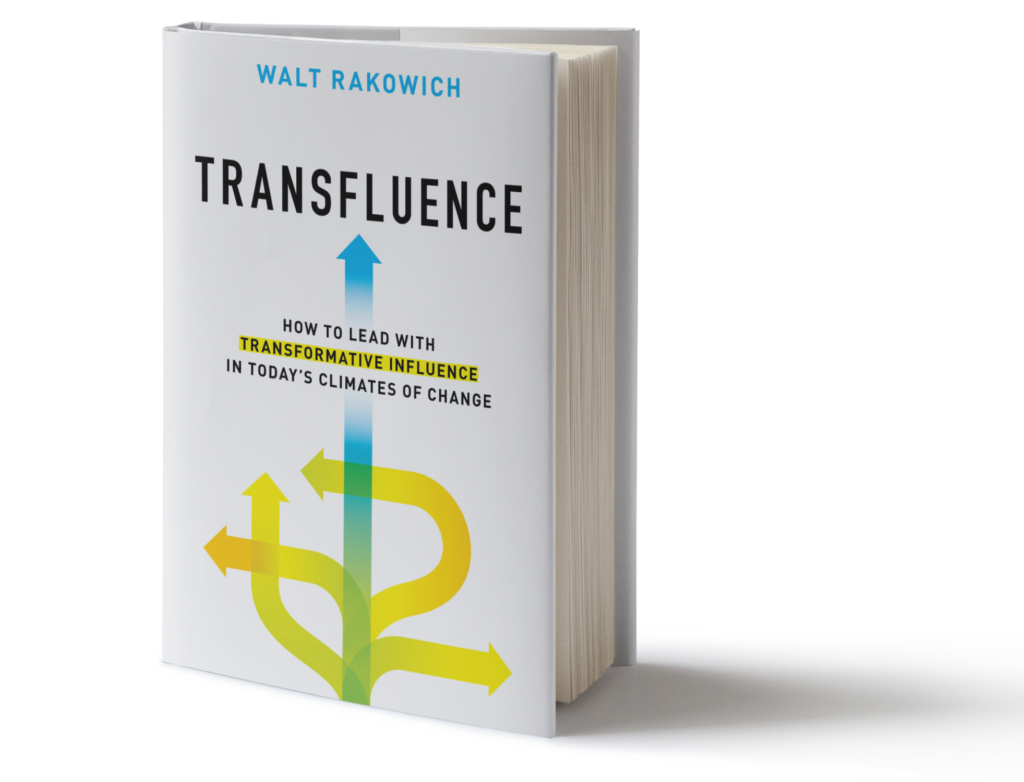All my plans were disrupted. All of them. The vacation with my wife? On hold. A service project with a nonprofit? Cancelled. Trips to visit our kids? Postponed indefinitely. Board meetings? Welcome to Zoom. A night out for dinner with friends? Maybe next year. Everything had to be reassessed in light of our new reality.
I’m talking about the COVID-19 pandemic in 2020, but here’s the interesting reality: I could just as easily be talking about the Great Recession in 2008 or about the terrorists’ attacks on September 11, 2001. There were no Zoom meetings and I didn’t have to travel to see my kids, but those events also caused huge disruptions in my life, personally and professionally.
When you think about it, history is nothing if not a series of disruptive events. In the last hundred years, for instance, the world has witnessed the Great Depression, the attack on Pearl Harbor and World War II, the Korean and Vietnam wars, the assassinations of Martin Luther King, Jr., and John F. Kennedy, the Iranian hostage standoff, the Gulf War, and the aforementioned recession and terrorist attacks.
The nature of such disruptions might be different, but the essence of great leadership during difficult times remains very much the same. And that’s one of the reasons I think you’ll find this book particularly relevant to your leadership journey. While it isn’t about crisis management, the lessons and principles will resonate with anyone who has led, is leading, or will ever lead during a crisis.
I knew that when I was writing the manuscript, but it really hit home during the first few months of 2020. The year began on a high note. The economy was strong, and this book was in the middle of its production schedule. Editors were editing. Designers were designing the cover and interior pages. Project managers were planning the print run. And marketing and PR firms were preparing to help get the word out. Years of work was coming to fruition when all of a sudden we were introduced to terms like social distancing and self-isolation. Millions of people lost their jobs. Watching the stock market was like watching a rollercoaster at a theme park. And, worst of all, there was a tragic cost in the loss of human lives.
While much of the world hunkered down at home, progress on the book continued on schedule. And soon it became apparent that many of the leaders who would read this book would be dealing with the lasting impacts of a business world reshaped by the pandemic. I suspect you are one of those leaders.
The ironic thing, and this might seem a bit counterintuitive, is that this new reality didn’t really impact anything about the content of the book other than prompting me to add this Preface. That’s because the biggest difference between leading during a crisis and leading when times are normal is not how we should lead but the fact that others are paying far more attention to how we do lead.
The reality that people are more attuned to your leadership reinforces the importance of using the concepts discussed in this book, because they help you earn trust. And earning trust is equally important if the economy is strong, your organization is going like gangbusters, and your leadership decisions aren’t magnified by the intensified scrutiny that comes when all hell breaks loose.
Leadership is about influencing others to do great things—regardless of the external circumstances—and all leadership happens within a context that’s unique to leaders and their teams. The context might be the chaos of a start-up environment, the sometimes-stale stability of a large corporation, or the high-growth phase of a business that’s scaling. And while the seas are sometimes calm, that context often includes disruptions—a major customer cancelling an order, a government issuing new restrictive guidelines, a natural disaster destroying a supplier’s factory, a heated personality clash between two of your most valued employees, or a coronavirus halting almost all in-person interactions.
The context matters when it comes to the tactical decisions that leaders must make, which is why I wrote a chapter about the three distinct “climates” of leadership that exist today. Those climates—acceleration, access, and diversity—aren’t going away because of a new crisis. If anything, their influence will only intensify. They shape the environment in which you lead and you need to be acutely aware of them, but they don’t change the core of who you are or your philosophical approach to leadership. The values and principles of leadership remain constant, you just apply them differently in light of the realities you’re facing and expecting to face. If you develop them and lean into them, they will help you navigate in any environment and set you up for success—for influencing others to do great things. That’s the heart of the message in this book. That’s the heart of Transfluence.
Adapted and reprinted with permission from Transfluence: How to Lead with Transformative Influence in Today’s Climates of Change by Walt Rakowich, copyright ©2020. Published by Post Hill Press, distributed by Simon & Schuster.
Lead with Transformative Influence

Transfluence shows leaders how they can have transformative influence by overcoming their fears and pride, building transparency into their leadership, developing a strong core of authentic values, and passionately pursuing a meaningful purpose.
Available Now.
